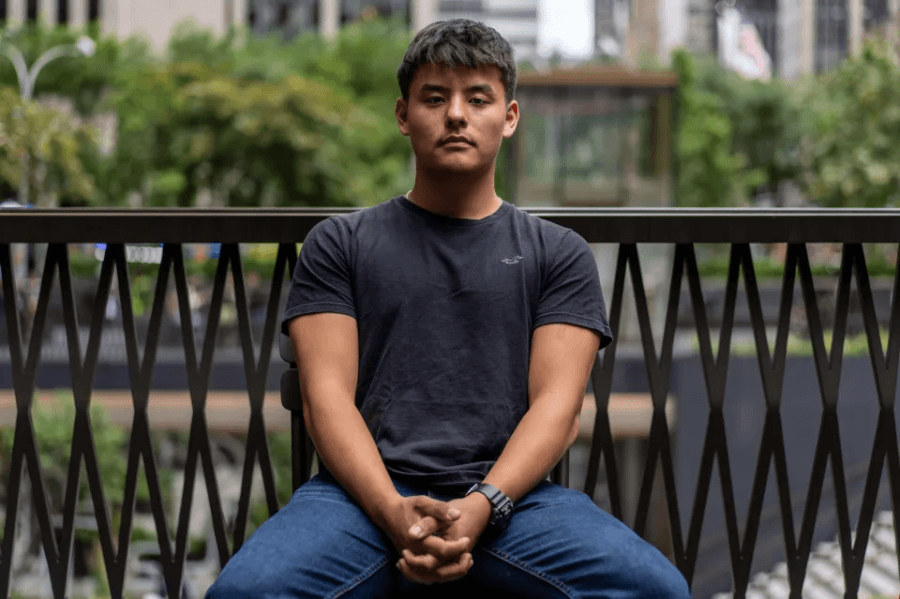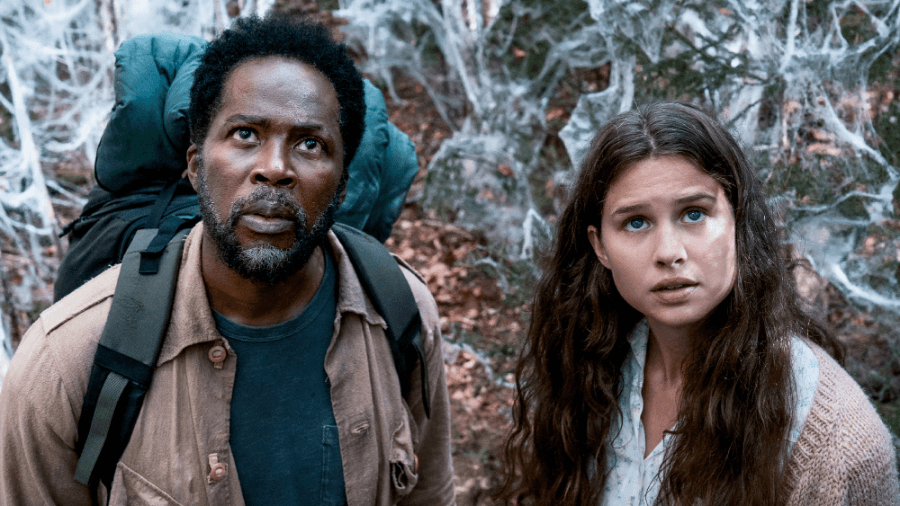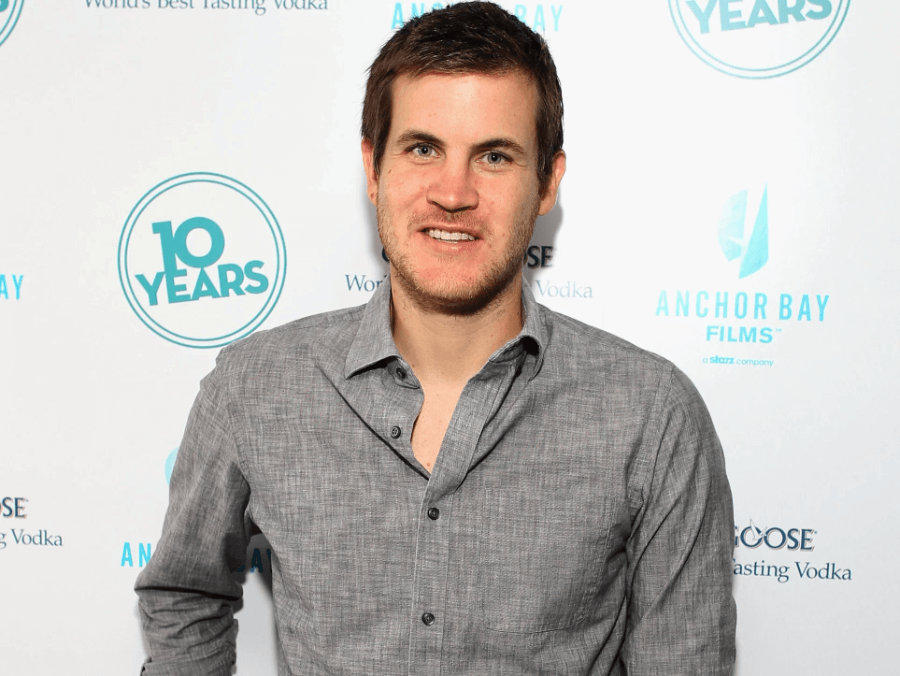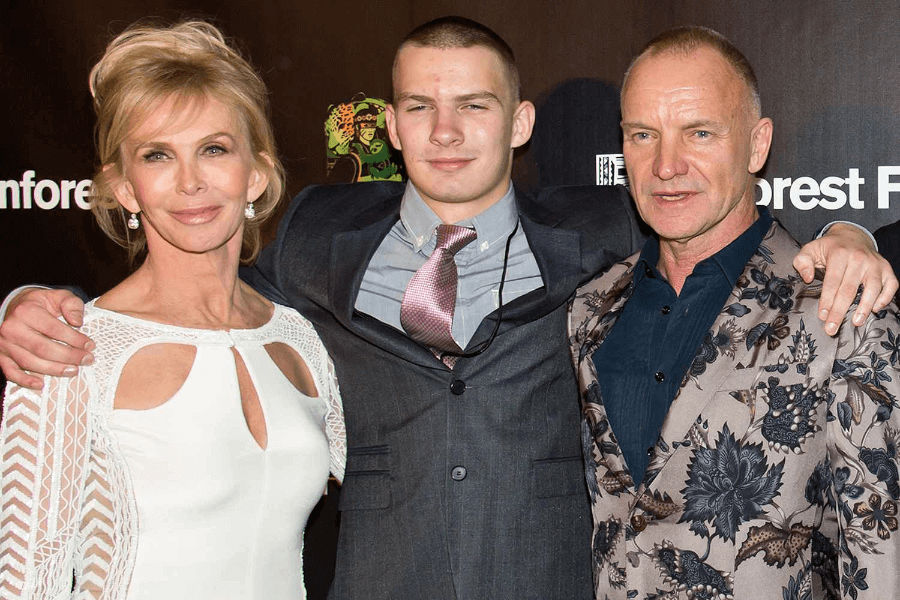📑Table of Contents:
- Early Life and the Famous Photo
- Growing Up in the Shadow of Nevermind
- Education and Artistic Path
- Reactions to His Iconic Past
- The Nirvana Lawsuit
- Public Response and Cultural Debate
- Life Beyond the Controversy
- The Symbolism of the Nevermind Cover
- Lessons from Spencer Elden’s Journey
- What’s Next for Spencer Elden
- Conclusion

Few album covers in history are as recognizable as Nirvana’s Nevermind. The image of a naked baby swimming toward a dollar bill became a symbol of the 1990s grunge era. That baby was Spencer Elden. For years, he was just “the Nirvana baby.” But as time passed, his life took a few turns that few could predict. From art projects to lawsuits, Spencer’s story became about much more than a single photograph. It became a tale of fame, identity, and the cost of cultural legacy.
Early Life and the Famous Photo
Spencer Elden was born on February 7, 1991, in Los Angeles, California. His parents were friends with photographer Kirk Weddle, who was shooting a concept for Nirvana’s upcoming album. One day, when Spencer was just four months old, his parents agreed to let him participate in the shoot.
The setup was simple: a baby in a pool chasing a dollar bill on a fishhook. The result was anything but simple—it became an image that defined a generation. The photo captured innocence, capitalism, and rebellion all at once.
Although the photo session lasted only a few seconds, it shaped Spencer’s life forever. His parents received a modest $200 for the shoot. At the time, no one imagined it would end up on one of the most influential rock albums in history.
Growing Up in the Shadow of Nevermind
Spencer grew up with a strange kind of fame. People recognized his baby photo long before they knew his name. He later said that he felt both proud and burdened by the image. On one hand, he became part of music history. On the other hand, he didn’t choose to be.
As a teenager, Spencer often recreated the famous photo—sometimes clothed, sometimes partially nude. He collaborated with media outlets to celebrate the album’s anniversaries, especially for the 10th, 20th, and 25th years. These projects brought renewed attention but also mixed emotions. While he enjoyed the recognition, he started to question the meaning behind it all.
Education and Artistic Path
Beyond the photo, Spencer Elden developed a deep interest in the visual arts. He studied at the ArtCenter College of Design in Pasadena. There, he explored sculpture, painting, and installation art. His projects often carried themes of commercialization, identity, and exploitation—topics that reflected his own experience.
He created large-scale works that blended street art with conceptual design. Many of his pieces questioned the relationship between media and individual identity. Due to his unique backstory, his art sparked curiosity among critics and collectors alike.
Reactions to His Iconic Past
For years, Spencer gave interviews about his connection to Nevermind. At first, he seemed amused. He joked about how people recognized him, and he participated in photoshoots to recreate the scene. Yet, as time passed, his feelings shifted.
He began to express discomfort, saying the image followed him everywhere. He felt that he had no control over how the world perceived him. The photograph, once a symbol of freedom, became a reminder of lost consent. That change in perspective led to one of the most controversial lawsuits in recent music history.
The Nirvana Lawsuit
In August 2021, Spencer Elden filed a lawsuit against Nirvana, the estate of Kurt Cobain, photographer Kirk Weddle, and several record labels. He alleged that the album cover constituted exploitation and that he had suffered lifelong damages from it.
The legal action divided public opinion. Many fans argued that the claim came decades too late and that Spencer had previously profited from the image. Others sympathized, saying he had the right to challenge how his likeness was used without ongoing consent.
Spencer claimed that the photo was distributed globally without proper consideration for his privacy or dignity. The defendants responded that the image was artistic, not exploitative, and protected under the First Amendment.
In early 2023, a federal judge dismissed the case. The court ruled that the statute of limitations had expired. Spencer appealed but later decided not to pursue further litigation. Although he didn’t win the case, the discussion around it sparked new debates about image rights, child consent, and the legacy of pop culture.
Public Response and Cultural Debate
Spencer’s lawsuit generated massive media coverage. Social platforms exploded with commentary. Some mocked his claims, citing his earlier willingness to reenact the photo. Others, however, pointed out a deeper issue: consent and control in art.
After all, Spencer never chose to be the symbol of Nevermind. The debate raised valid questions—should minors in old photographs have the right to revoke consent as adults? Where is the line between art and personal exploitation? These discussions resonated in broader conversations about privacy in the digital era.
Life Beyond the Controversy
After the legal case, Spencer Elden focused on rebuilding his life and career. He continues to live in California, creating art that reflects the contradictions of his life. Though he rarely gives interviews now, his few public statements show that he wants to move forward, not just be “the Nirvana baby.”
He emphasizes that he wants to be recognized for his own work, not an image taken three decades ago. His sculptures and paintings often employ bold symbolism—such as dollars, chains, and water—to explore the tension between freedom and fame.
Many who follow him say he’s finding peace through creativity. By transforming his pain into art, he’s reclaiming control over his identity.
The Symbolism of the Nevermind Cover
To understand Spencer Elden’s story, it helps to revisit why the Nevermind cover mattered so much. The image of a baby chasing a dollar in water symbolized society’s endless pursuit of money and meaning. It fit perfectly with Nirvana’s ethos—raw, anti-establishment, and brutally honest.
Yet, the photo also reflected contradictions. It portrayed innocence entangled with greed, life beneath the surface, and the human urge to chase what may never be caught. Spencer’s later struggles, in a strange way, mirrored those same themes. The cover became both a masterpiece and a mirror of his life.
Lessons from Spencer Elden’s Journey
Spencer’s story reminds us that fame can arrive before we even understand it. It also shows how art can shape identity long after creation. Through his case, people began to discuss ownership, power, and the influence of pop culture.
Moreover, his experience offers lessons for parents, artists, and media producers. Always ask questions about consent. Always consider how a person might feel decades later. And always remember that an image may fade from headlines—but not from someone’s life.
What’s Next for Spencer Elden
As of 2025, Spencer Elden continues his artistic and musical journey. He keeps a relatively private profile, occasionally sharing his art on social platforms. He collaborates with local creatives and exhibits his work in small galleries.
Although some still see him only as the Nevermind baby, he’s working to rewrite that narrative. His career isn’t about a lawsuit or a photo—it’s about expression. Through sculpture, performance, and personal storytelling, he’s reclaiming his name and his narrative.
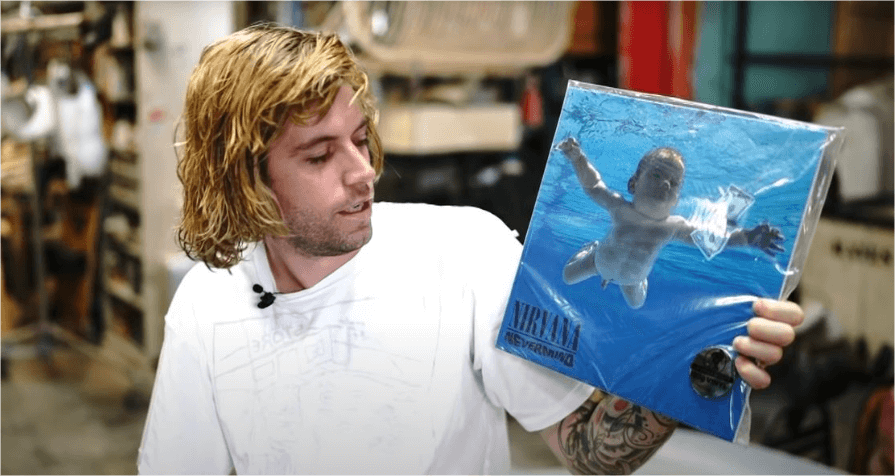
Conclusion
Spencer Elden’s life shows how fame can be both a gift and a burden. A single photo gave him a connection to music history, yet also tied him to controversy. Over time, he has tried to turn that experience into something meaningful—his art, his truth, and his identity.
As he continues his creative path, Spencer proves that while you can’t control where your story begins, you can shape how it continues. From baby in a pool to artist with a purpose, his journey tells us that meaning often surfaces only after we dive deep.

